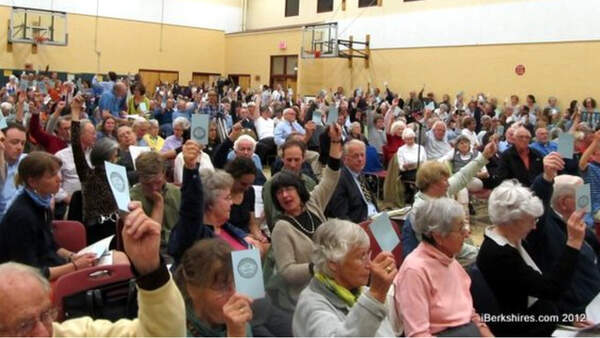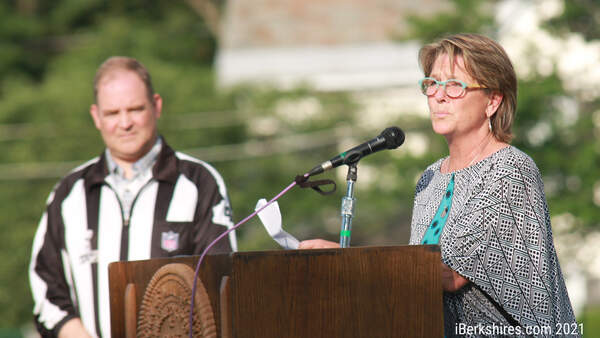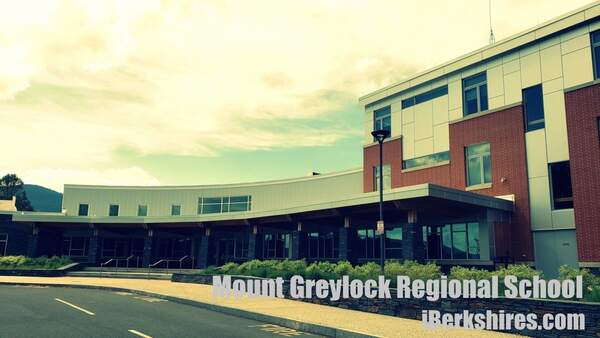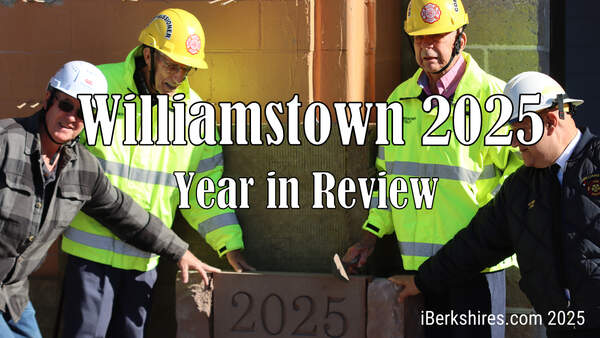Williams College's Weston Field Project Starts Next Fall
 The Weston Field project is back on track after four years' delay. |
"We've been waiting a long time for something like this," Kelton said of recently announced plans to revive the renovation of Weston Field.
"It's going to definitely help us in all phases — not only in our program but help the whole college community in being able to continue to attract the best and brightest students.
"Great facilities — the library included — do those kinds of things."
The Stetson-Sawyer Library project — like Weston Field's renovation — was delayed in 2008 after the global financial crisis. The library is well on the way toward an August 2014 completion date.
Weston Field, the home of the Williams football program, will be renovated in time for the September 2014 home opener, according to college President Adam Falk.
In a letter to the Williams community, Falk said the Weston Field project will cost $22 million and will include radical changes not only to the football field and varsity track but also to the adjacent Renzie Lamb Field, home to the college's field hockey and lacrosse programs.
The new conception of the athletic fields not only changes their current configuration; it also breaks with the renovation planned before the 2008 delay.
Back in '07, the college planned to reorient the football/track facility to make it run parallel to Lamb Field and build new permanent bleachers between the two with locker rooms and rest rooms underneath.
In the new plan, the track will circle Lamb Field — not Weston — and the locker rooms will be housed in a separate building instead of beneath the football grandstand.
"First of all, we'll going to make it a much more of a comfortable setting for everyone, including the fans," Williams Athletic Director Lisa Melendy said.
"The biggest change (from the earlier plan) is that rather than shared stands and places for visiting athletes and our athletes and fans, we'll break those things out. ... It wll allow us to keep the public out of the building the student-athletes are using."
The other improvement over the earlier renovation design is the relocation of the varsity track. It's a switch that will bring the football grandstand significantly closer to the field.
"It makes it more intimate," Kelton said. "It makes it more exciting for the fans to feel closer to the game. It keeps that close feeling for the big games when they're really going to be packed in there.
"That's the difference between our [plan] and what they're doing down the road [at Amherst]. They're putting the track back around the facility, which I think takes away from the intimacy."
Amherst's Pratt Field is receiving a makeover in time for 2013. Like Williams College, the project at its rival will include artificial turf for the football field.
Next fall, Williams will be one of just three New England Small College Athletic Conference football teams playing on a grass field; Bowdoin and Wesleyan are the other two.
Kelton did not go so far as to say the current Weston Field is holding back his program, but a new facility will not hurt.
"I don't think it's a disadvantage," he said. "I think ... having a new facility is going to give us an additional advantage. Kids want to play in good facilities. We want to make our game day experience special, and this project is going to allow us to continue to do that.
"Young people want new stuff. In recruiting, that's what they talk about. When you think about recruiting across the country, it's about great facilities. It's about new uniforms. It's about different uniforms. All those things come into play when you're recruiting young men."
And with locker rooms located at the Weston/Lamb complex, all the teams playing there will add to their recruiting advantage.
"It certainly gives all the coaches an exciting new talking point," Melendy said. "Most of the students are looking for the total package ... but it never hurts to be able to have a nice, new facility to show people. If they're making a comparison to other schools, it's important to be able to show them that."
While fans will naturally focus on the renovation's impact on game day, the effects will be felt seven days a week both inside and outside the varsity program.
Now that the Weston/Lamb complex will include locker rooms, an artificial turf football field and lights on that field, the football team will move all of its operations to that end of campus. Currently, the team practices on Cole Field and uses locker rooms in the field house near Poker Flats.
 As Falk mentioned in his letter to the college community, this change will free up space on Cole Field for intramural and club sports.
As Falk mentioned in his letter to the college community, this change will free up space on Cole Field for intramural and club sports.The college's coordinator of intramurals, men's tennis coach Dan Greenberg, had no thoughts on how the change will impact the intramural sports. But in 2007, then coordinator of intramuals Dick Farley said moving varsity football south would be a boon to the school's recreational programs.
"It's obviously not why we're doing it, but the biggest benefactors in a lot of ways will be the intramural and club sports," said Farley, a former head football coach and currently the interim co-coach of the college's track and field program. "This will oepn up a completely different venue for IM and club athletes.
"I've gotten to know a lot of those (IM) athletes over the last three years, and they're just as committed and enthusiastic in a lot of ways as the varsity athletes."
The renovations at Weston and Lamb fields are scheduled to get under way after the fall 2013 season. Unlike the prior renovation plan, which would have allowed Lamb Field to be used during construction, the new design will force Williams to seek off-campus "homes" for its men's and women's lacrosse teams in spring 2014, Melendy said.
"We're figuring out what that means," she said. "Cole Field wll be part of the solution for sure, and we're looking at some alternative all-weather fields that are local that we might use in the case of inclement weather."
Tags: college sports, playing fields, sports fields, Williams College,















